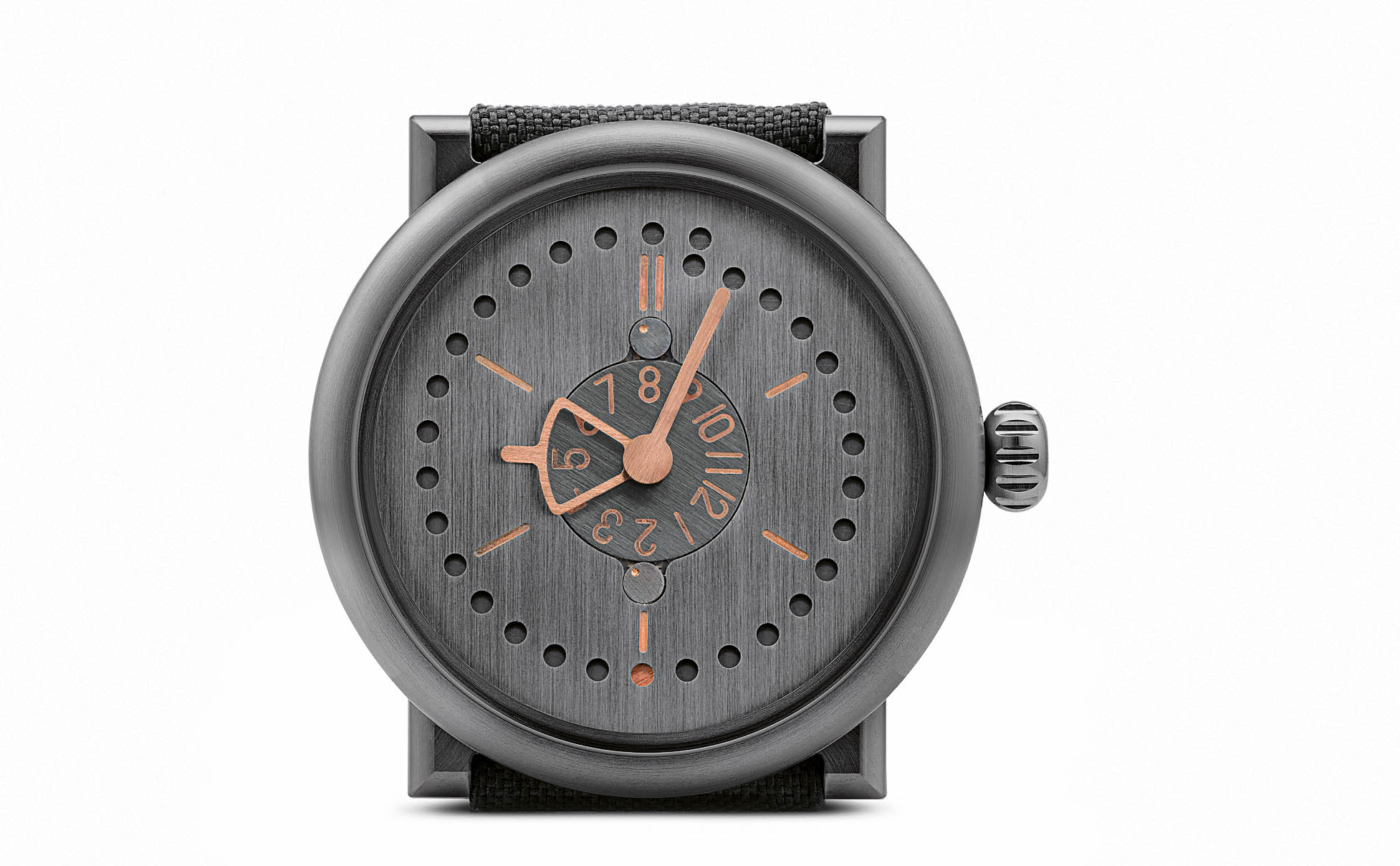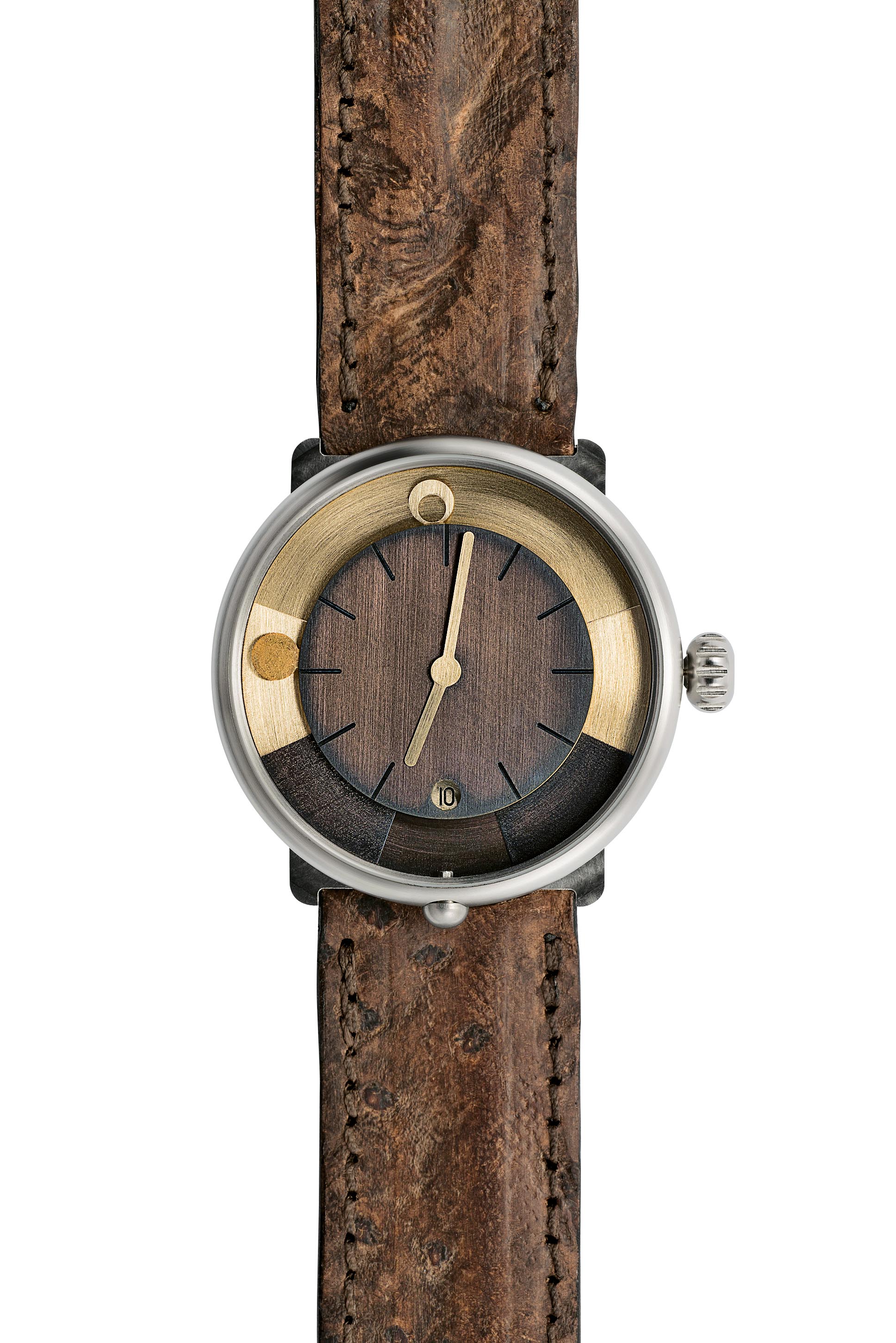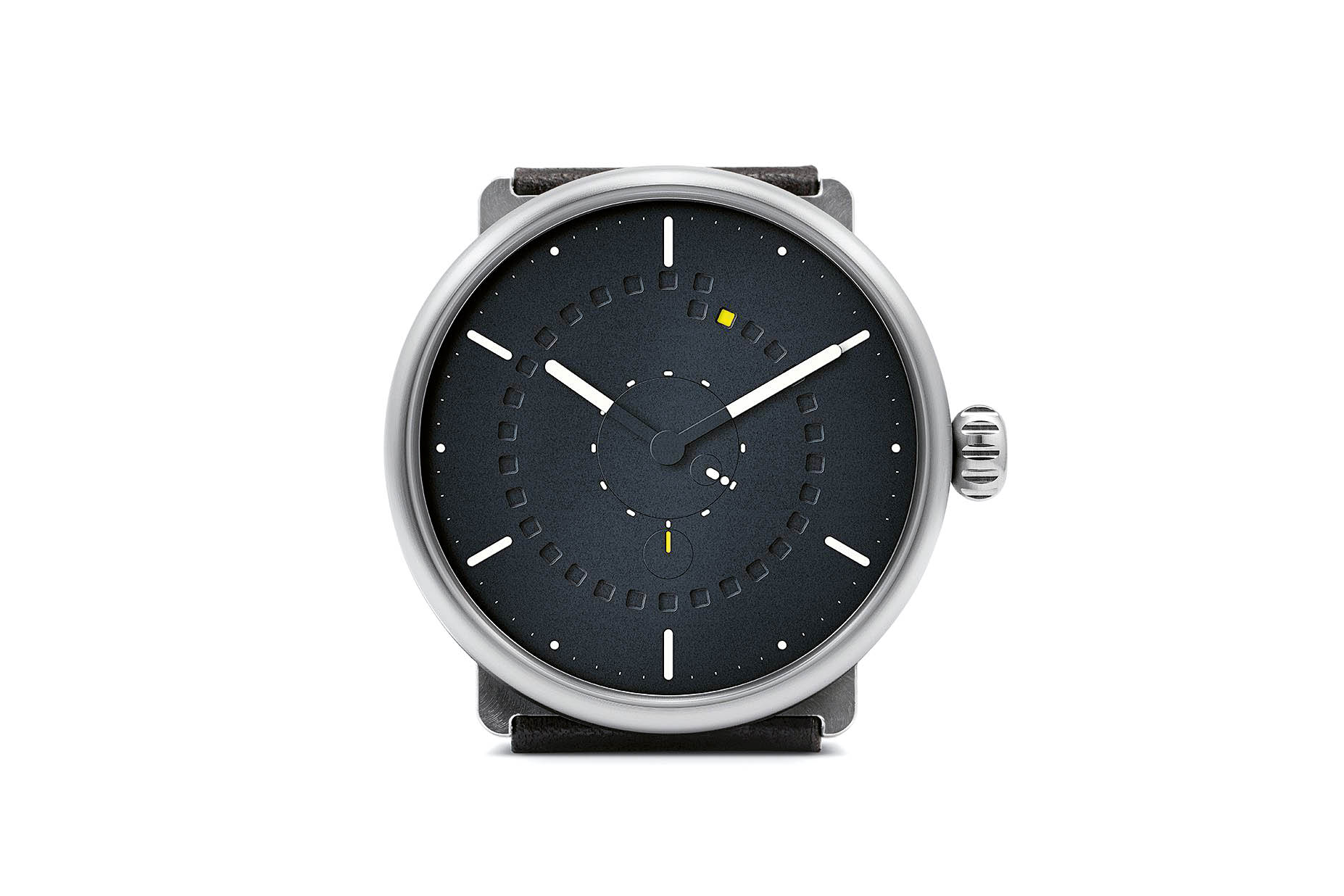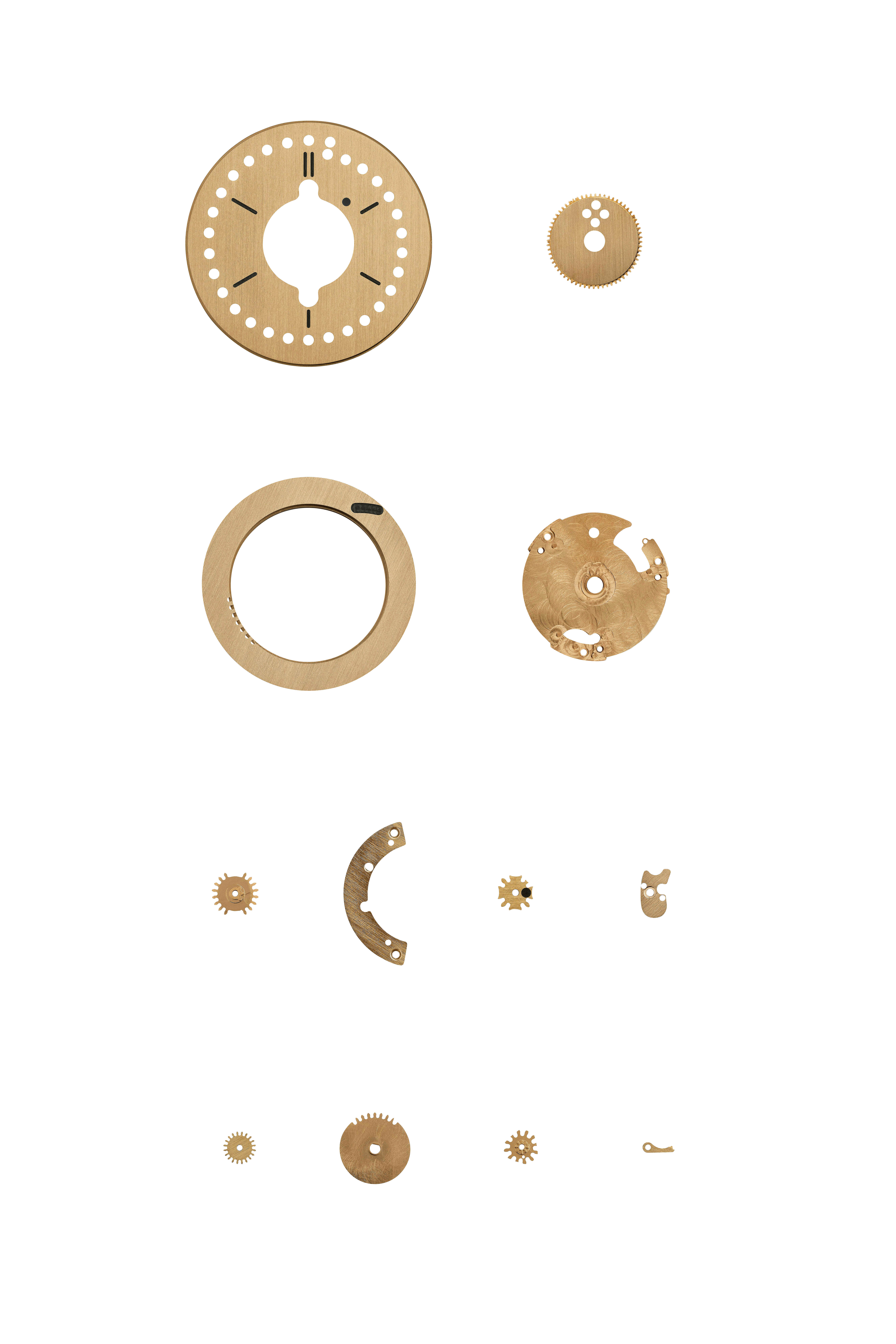Launched in 2012, WatchTime India is the result of a collaboration between America's most-read watch magazine, WatchTime and, India's leading media house, Malayala Manorama. With an aim to popularise and celebrate the evolving watch culture of the country, the publication is your one-stop destination for everything related to fine luxury watches. From the latest tests to reviews, to exclusive features on the history and horological heritage of some of the most spectacular watch brands of the world, the WatchTime India portal has a lot to offer. Stay tuned for an exciting journey, through the fascinating world of watches!










